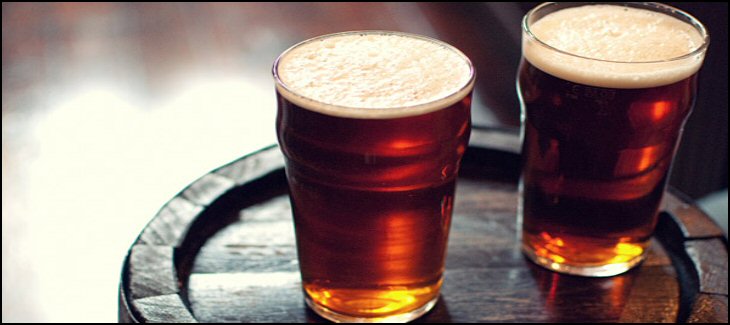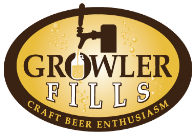Wood Aged Beer
Surprisingly enough, the vast majority of beer history, despite using wood as a way to store and transport beer, has been an effort to minimize the effect that wood has on the beer. In old England, oak barrels were lined with brewer’s pitch and sourced from Russia and Poland, known for growing wood that would impart minimal flavor. Indeed, only Belgium stood out, for centuries, as a place where the bacteria and yeast found naturally in wood, and growing happily there, was a desirable flavor in the final product. Every other generation of brewers in other corners of the world would have considered a woody taste or sourness a flaw in a beer, until very recently. With the craft revolution in the late 20th century, brewers began to experiment yet again with putting beer in barrels, but this time in unlined barrels for the flavor additions that these barrels afforded. US law prohibits bourbon barrels from being used more than once for bourbon, so many used barrels were shipped to Scotland for scotch production or simply sold as planters and sundries. Because of the widespread availability and inexpensive nature of these barrels, craft brewers began thinking about barrels as a means of bulk aging beers. Goose Island was one of the first American brewers to do this back in the 1990s, and there are literally hundreds of brewers now in the US experimenting with barrel aging beers. Bourbon barrels are generally used “wet,” (meaning there is still some bourbon left in there, probably a pint or two) as are wine barrels and other whisk(e)y barrels. Some white wine or new oak barrels are inoculated with hefty strains of sour yeasts and bacteria, such as those found in the traditional Belgian Lambics; the wood will retain the bacteria and wild yeasts and allow them to flourish, helping the beer develop the desired flavors much more quickly than it would if the brewer simply developed these strains and inoculated the beer. Many brewers don’t have the space to store a pile of extra barrels in a temperature controlled room, so the industry has developed several other methods of wood aging: oak and cedar chips, staves, spirals, cubes… the list goes on. These can be purchased, aged in bourbon themselves and then introduced to the beer, or inoculated with wild yeast strains and tossed into a vat of wild ale, still imparting their new flavor characteristics to the beer but without the hassle and expense of barrels themselves.


